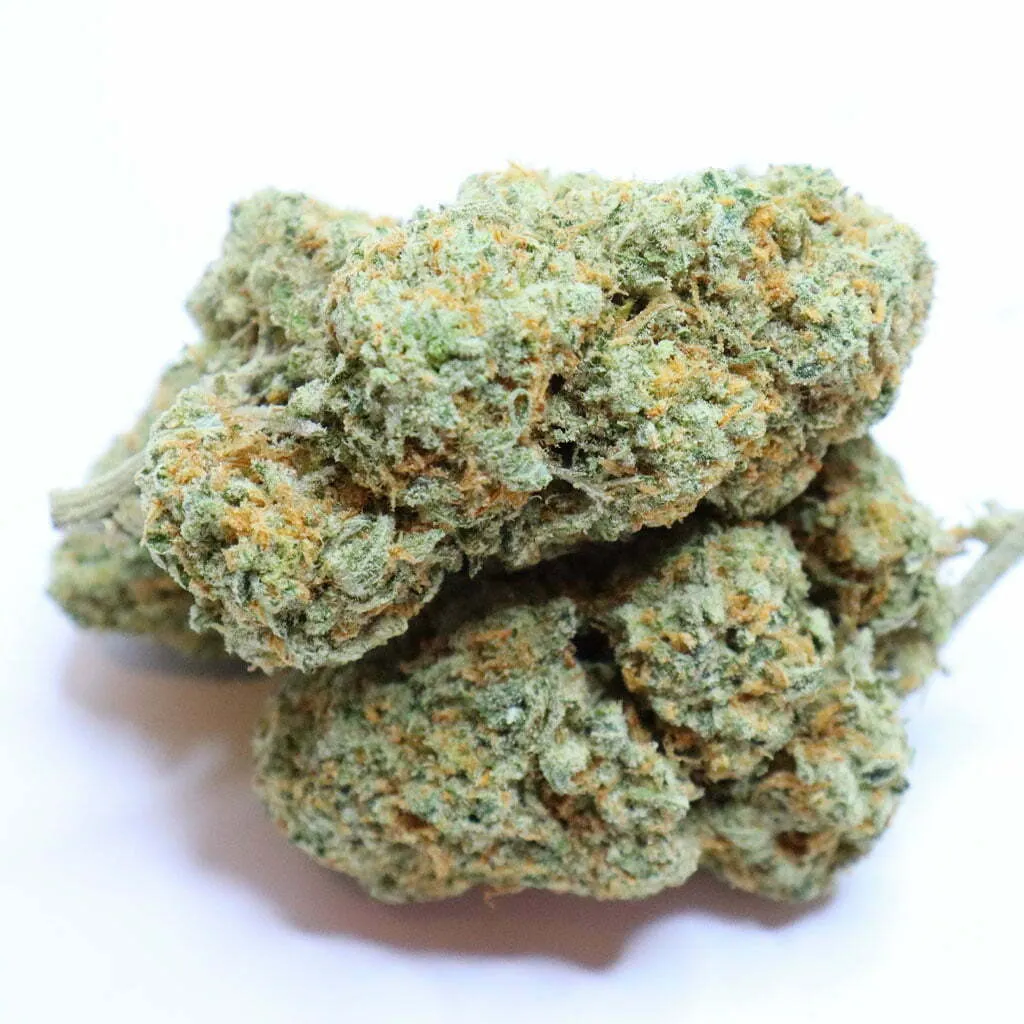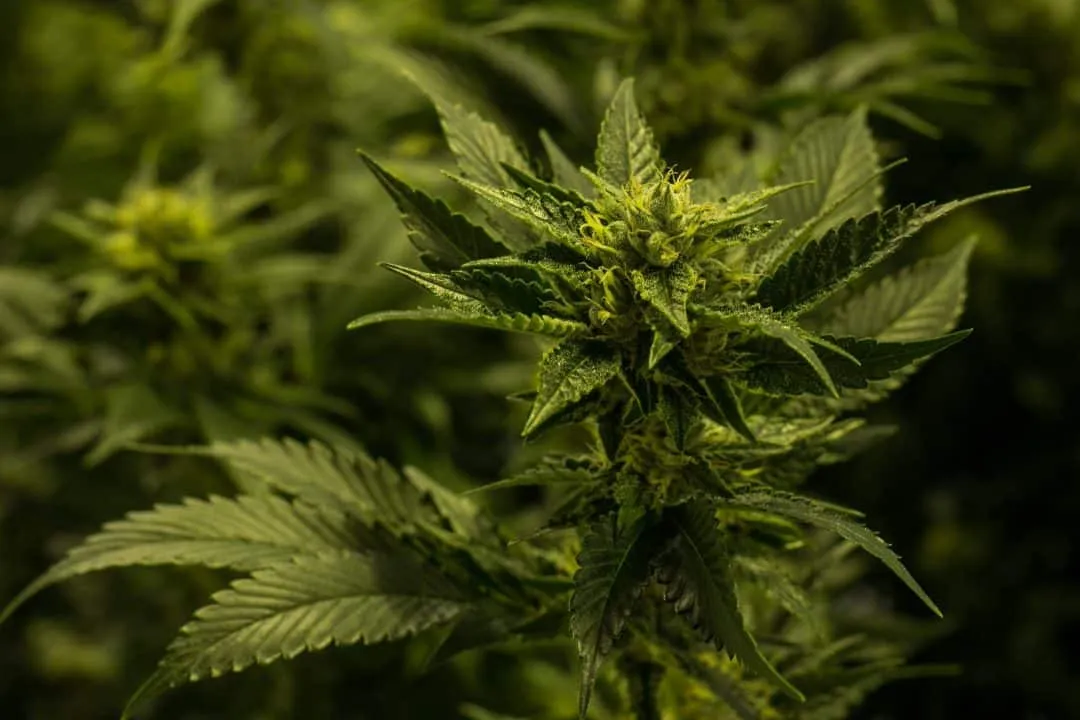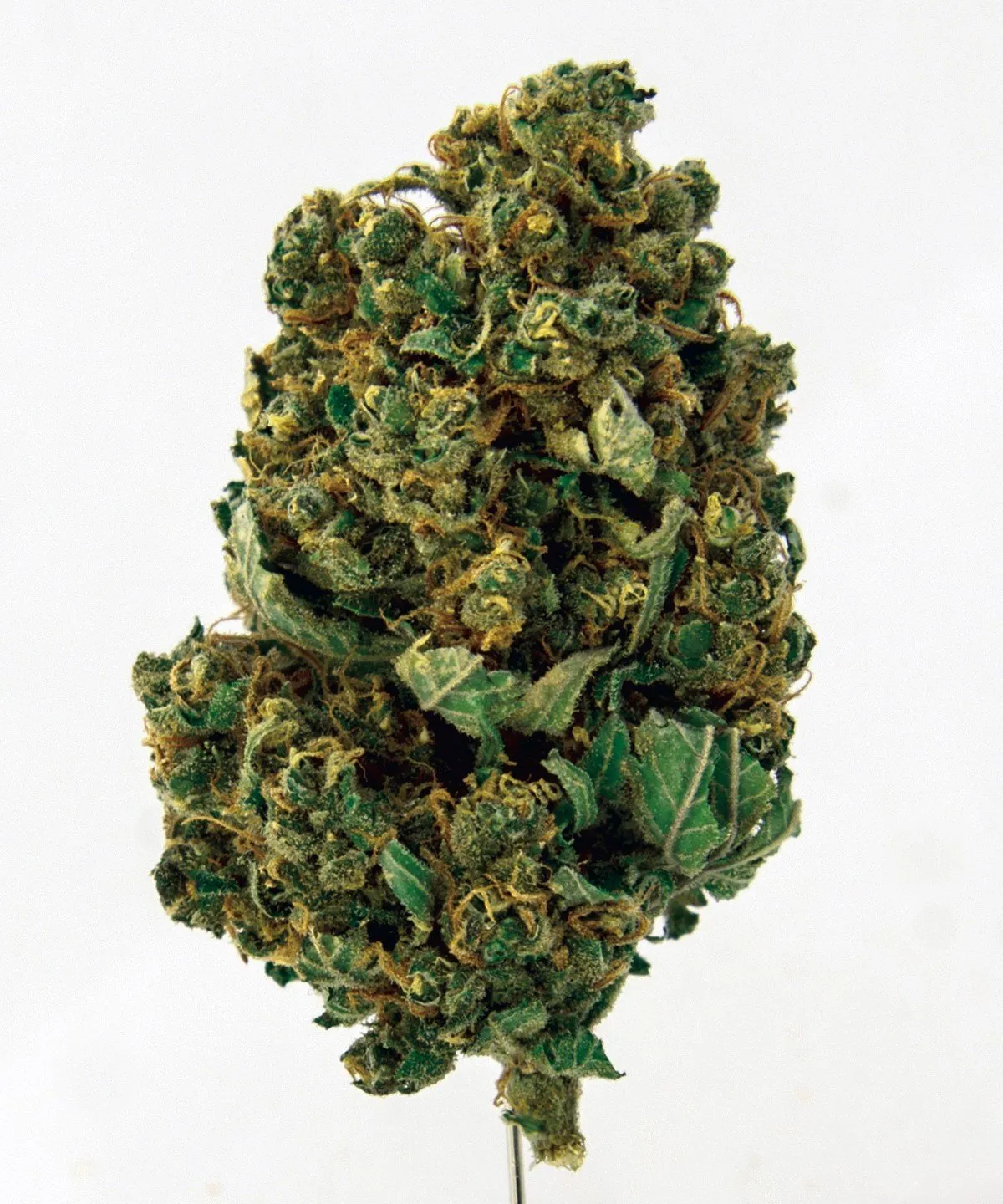Durban Poison King Tarantula: An Introduction
The Durban Poison King Tarantula, a captivating arachnid, has garnered attention from both enthusiasts and researchers alike. This comprehensive guide delves into the world of this fascinating creature, exploring its unique characteristics, care requirements, and intriguing behaviors. Whether you are a seasoned tarantula keeper or a curious beginner, this guide provides valuable insights into the Durban Poison King Tarantula, equipping you with the knowledge to appreciate and care for these magnificent spiders.
What is Durban Poison King Tarantula?
The Durban Poison King Tarantula is a large, hairy spider belonging to the Theraphosidae family. Often referred to as a ‘king’ due to its impressive size and sometimes aggressive nature. Found primarily in specific regions, these tarantulas are known for their striking appearance and complex behaviors. They are a popular choice for exotic pet enthusiasts, though they demand a dedicated and informed approach to their care and wellbeing.
Origin and Characteristics

Originating from specific geographic areas, the Durban Poison King Tarantula boasts distinctive features that set it apart. Their size, color patterns, and venom potency are all elements that contribute to their uniqueness. Understanding their origins is essential to appreciating their adaptation to their environment. This section covers their unique physical traits, shedding light on what makes the Durban Poison King Tarantula a sought-after species among arachnid collectors.
Top 5 Durban Poison King Tarantula Facts
Fact 1 Amazing Coloration
The Durban Poison King Tarantula is known for its striking and vivid coloration. This can range from deep blacks and browns to reddish hues and iridescent highlights, depending on the individual spider and its environment. This remarkable appearance makes them visually captivating. Their coloration is not only aesthetically pleasing, but also serves as a form of camouflage in their natural habitat. The unique colors can also indicate maturity and health.
Fact 2 Size and Appearance

These tarantulas are impressive in size, with some females reaching leg spans of up to 10 inches or more. Their robust bodies are covered in dense hairs, which contribute to their imposing appearance. The males are typically smaller than the females. Their appearance is a clear indication of their power and predatory nature, making them a sight to behold in captivity. Understanding their size is critical for housing and care purposes.
Fact 3 Natural Habitat
Durban Poison King Tarantulas are endemic to specific, often tropical or subtropical, regions. They are typically found in environments with high humidity and temperatures, often burrowing underground or seeking shelter under rocks and logs. The habitat preferences play a crucial role in understanding their needs in captivity. Replicating their natural environment is crucial for their well-being, influencing everything from their behavior to their overall health. Understanding their natural habitat is the key for providing optimal care.
Fact 4 Venom Potency
While Durban Poison King Tarantulas possess venom, it is generally not considered life-threatening to humans. The effects of a bite can vary from mild discomfort to moderate localized pain, swelling, and muscle cramps. Their venom is primarily used for subduing prey. Though a bite is not usually critical, it is always advisable to avoid handling them and to take necessary precautions, as an allergic reaction is possible.
Fact 5 Unique Behavior

Durban Poison King Tarantulas exhibit a range of interesting behaviors, from burrowing and web-spinning to their hunting strategies. They are typically nocturnal, meaning they are most active at night. They can be defensive, often displaying a threat posture when they feel threatened, which includes raising their front legs and exposing their fangs. Observing these behaviors provides insights into their needs and allows for a deeper understanding of their needs in captivity.
Caring for Your Durban Poison King Tarantula
Creating the Right Habitat
Creating a suitable habitat for your Durban Poison King Tarantula is essential for their health and well-being. This involves providing a spacious enclosure, typically a glass terrarium, with adequate ventilation. The substrate should be deep, such as a mixture of peat moss, vermiculite, and coco fiber, allowing them to burrow. It’s also crucial to maintain appropriate temperature and humidity levels using heating pads, thermometers, and hygrometers. The setup should include hiding places such as cork bark or artificial plants to reduce stress.
Feeding Your Tarantula

The diet of a Durban Poison King Tarantula primarily consists of live insects, such as crickets, mealworms, and roaches. The size of the prey should be appropriate for the size of the tarantula; typically, the prey should be no larger than the tarantula’s body length. Feeding frequency will depend on the age and size of the spider, with younger tarantulas needing more frequent meals. Always provide fresh water in a shallow dish and remove any uneaten prey to prevent stress.
Health and Common Issues
Like all pets, Durban Poison King Tarantulas can experience health problems. Common issues include mites, fungal infections, and difficulty molting. Regular monitoring is important, along with maintaining proper habitat conditions, can help prevent these issues. If you observe any unusual behavior, such as lethargy, loss of appetite, or unusual growths, it’s essential to consult with a veterinarian experienced in exotic animals.
Durban Poison King Tarantula Breeding
Breeding Process

Breeding Durban Poison King Tarantulas requires careful planning and preparation. The process typically involves introducing a mature male to a receptive female. Mating can be a risky process, as females may be aggressive towards the males. If successful, the female will lay an egg sac containing hundreds of eggs. Careful monitoring is needed throughout the process, and it’s crucial to ensure both the male and female are healthy before attempting to breed them.
Incubation and Raising Spiderlings
Once the egg sac is produced, it requires careful incubation to ensure successful hatching. This often involves maintaining specific temperature and humidity levels. After the spiderlings hatch, they need to be separated to prevent cannibalism. They should be fed small, appropriately sized insects. The raising of spiderlings is a demanding process, requiring dedication and attention to detail, to ensure their survival and health.
Conclusion
The Durban Poison King Tarantula is a remarkable species, possessing unique characteristics and requiring a responsible approach to care. By understanding their specific needs, from habitat requirements to dietary preferences, keepers can provide a fulfilling environment for these captivating creatures. This guide has offered comprehensive insights to aid enthusiasts in appreciating and responsibly caring for the Durban Poison King Tarantula, ensuring their well-being and promoting a deeper understanding of these fascinating animals.
